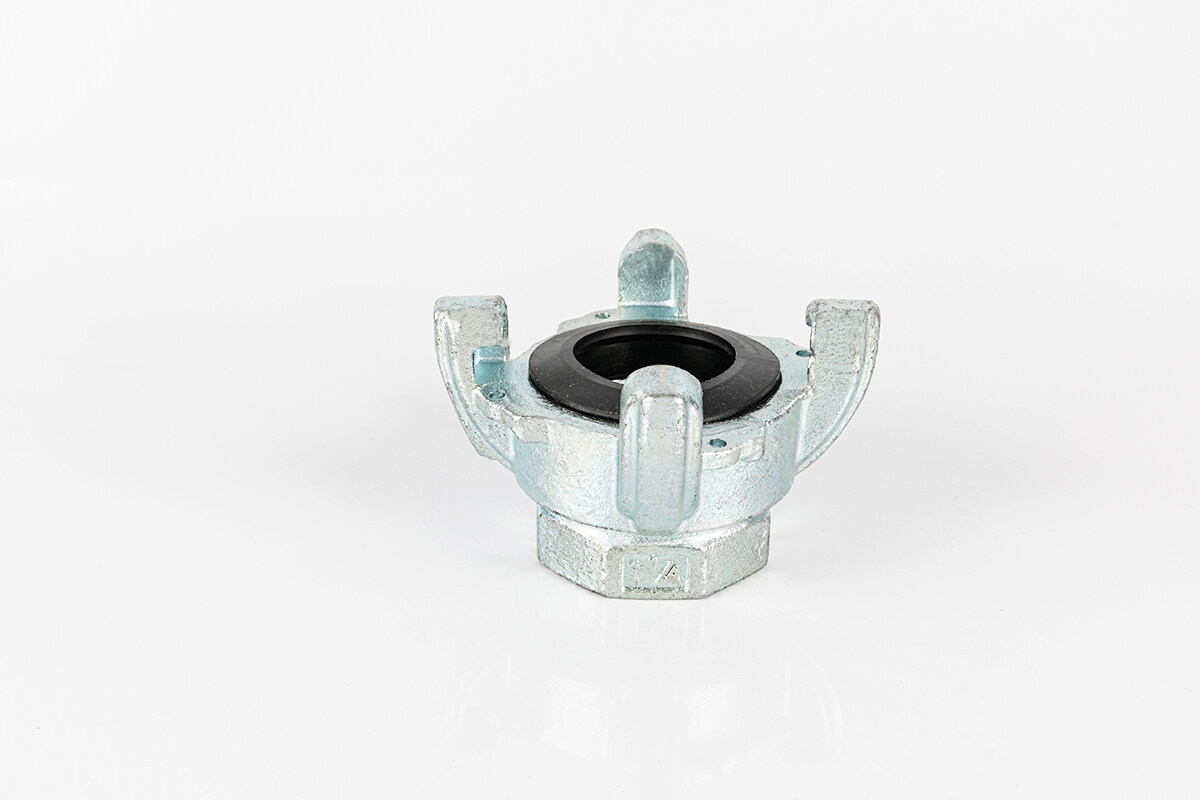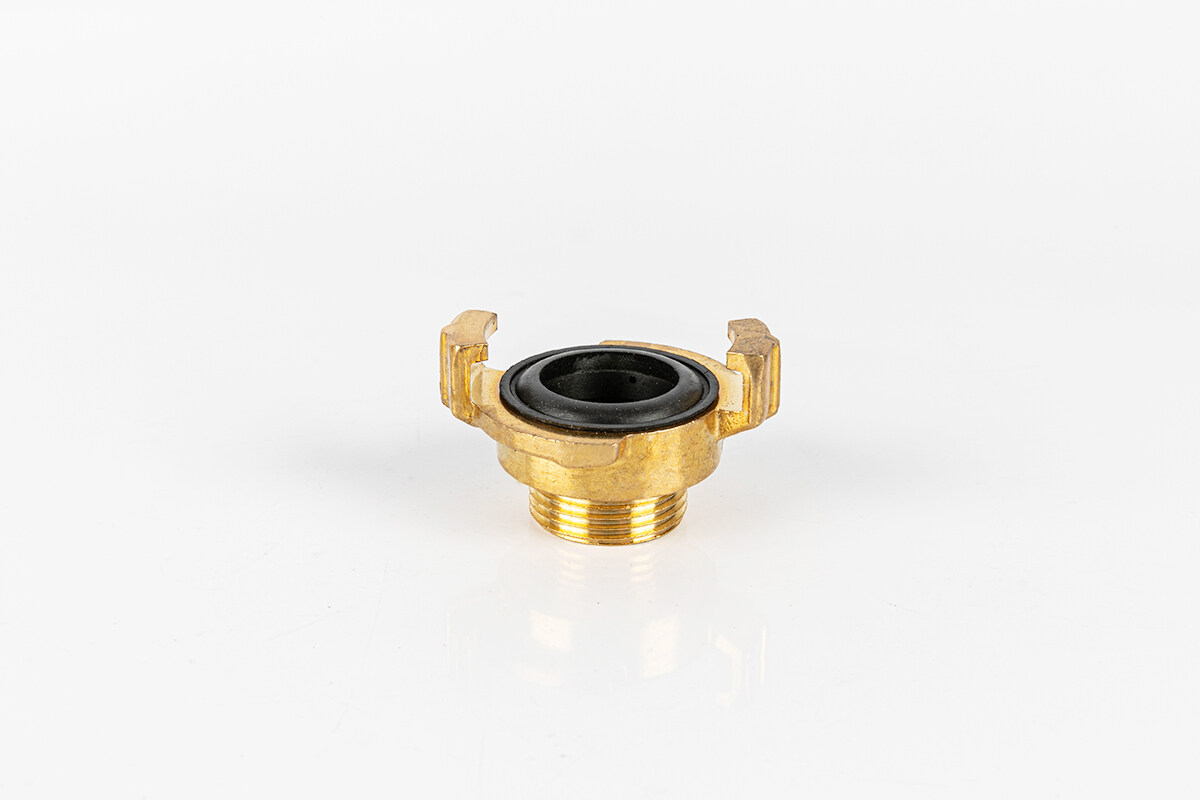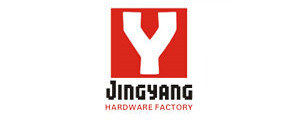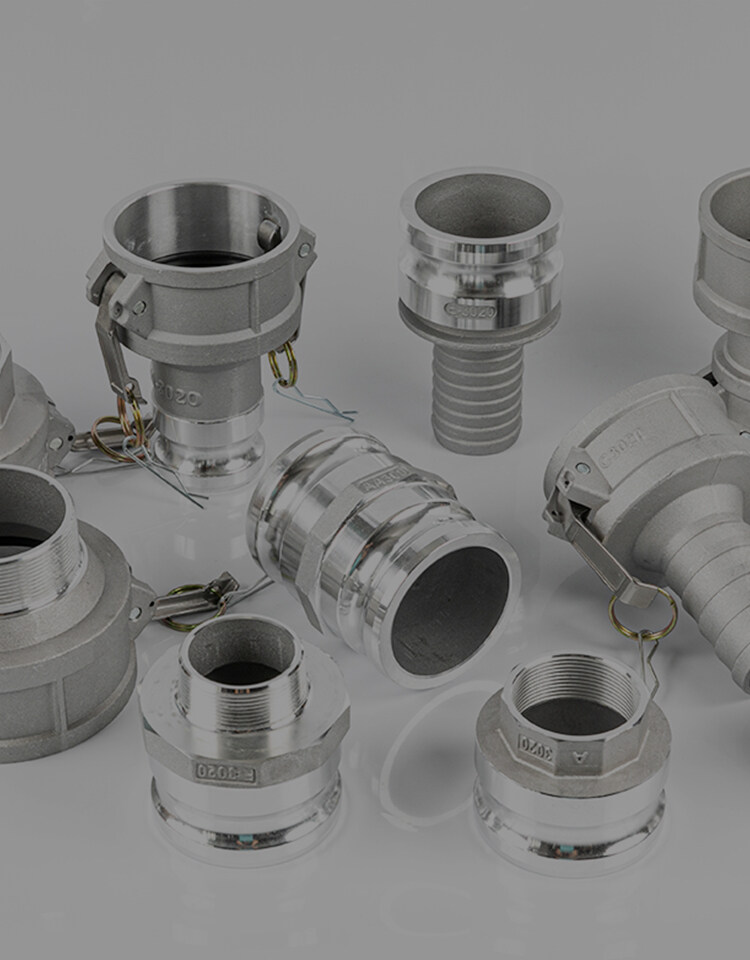Email format error
Email cannot be empty
Email already exists
6-20 characters(letters plus numbers only)
The password is inconsistent
Please enter the email address you’d like your password reset information sent to.
Email format error
Email cannot be empty
Email does not exist
Reset account password
For the account
6-20 characters(letters plus numbers only)
The password is inconsistent
Reset success
Your password was reset. You can log in using your new password.
Login

News
Here, you can describe a piece of text you want to express

Exploring Female Hose Couplings: A Comprehensive Guide
2023-10-26 10:03:39
Hose couplings are vital components in various fluid transfer systems, ensuring the seamless flow of liquids and gases. Among the plethora of hose couplings, the "female hose coupling" is a term that encompasses a wide array of connectors, each tailored to specific applications. In this in-depth guide, we will embark on an exploration of female hose couplings, covering everything from their types and uses to installation, maintenance, and troubleshooting. Whether you are working with a female fire hose coupling, a female garden hose coupling, or even a double female water hose coupling, this article will equip you with the knowledge to navigate this intricate world.
Understanding Female Hose Couplings
1. What is a Female Hose Coupling?
A female hose coupling is a fundamental element within fluid transfer systems. Its primary purpose is to connect with a male hose coupling, forming a secure and leak-free connection that ensures the efficiency and safety of liquid or gas flow. The couplings come in various sizes and materials, making them versatile for different applications. In this section, we will delve deeper into the core concept.
2. Anatomy of a Female Hose Coupling
Before we explore the various types of female hose couplings, it's essential to understand their basic anatomy. A typical female hose coupling consists of:
- Female Thread: This is the threaded part of the coupling that connects with a male hose coupling.
- Body: The main body of the coupling that houses the female thread.
- Seal: A sealing mechanism, often in the form of gaskets, O-rings, or other sealing materials, that ensures a leak-free connection.
- Body: The main body of the coupling that houses the female thread.
- Seal: A sealing mechanism, often in the form of gaskets, O-rings, or other sealing materials, that ensures a leak-free connection.
3. Types of Female Hose Couplings
1). Female Fire Hose Coupling
Applications: Female fire hose couplings are primarily used in firefighting and emergency response applications. These couplings are designed to withstand high water pressure and provide a secure connection for fire hoses, allowing for the efficient flow of water to combat fires.
Features:
- Durable materials to withstand rugged conditions.
- Quick-connect mechanisms for rapid deployment.
- Standardized sizes to ensure compatibility with fire hydrants and hoses.
- Durable materials to withstand rugged conditions.
- Quick-connect mechanisms for rapid deployment.
- Standardized sizes to ensure compatibility with fire hydrants and hoses.
Materials: Female fire hose couplings are commonly made from aluminum, brass, or lightweight polymers.
2). Female Garden Hose Coupling
Applications: The female garden hose coupling is a familiar sight in gardens, lawns, and homes. They serve as connectors for garden hoses and other outdoor water applications.
Features:
- Standardized size to fit common garden hoses.
- User-friendly design for easy attachment and detachment.
- Constructed from materials resistant to outdoor conditions.
- Standardized size to fit common garden hoses.
- User-friendly design for easy attachment and detachment.
- Constructed from materials resistant to outdoor conditions.
Materials: Garden hose couplings are typically made from brass, plastic, or sometimes aluminum.
3). Double Female Water Hose Coupling
Applications: Double female water hose couplings are unique connectors used in applications where two male hose couplings need to be joined together. They are valuable in situations where a continuous hose is required.
Features:
- Threaded on both ends to accommodate two male couplings.
- Secure and leak-free connection.
- Available in various sizes to match different hoses.
- Threaded on both ends to accommodate two male couplings.
- Secure and leak-free connection.
- Available in various sizes to match different hoses.
Materials: They can be made from materials like brass or aluminum for durability and compatibility.
4. Materials Used in Female Hose Couplings
1). Brass Female Hose Couplings
Durability and Corrosion Resistance: Brass female hose couplings are renowned for their durability and corrosion resistance. Brass is an alloy of copper and zinc, making it robust enough to withstand harsh environmental conditions. These couplings are often used in garden hose applications and some industrial settings.
Features:
- Excellent resistance to corrosion.
- Long-lasting and reliable.
- Suitable for both high and low-pressure applications.
- Excellent resistance to corrosion.
- Long-lasting and reliable.
- Suitable for both high and low-pressure applications.
Applications: Brass female hose couplings are commonly used in garden hoses, as well as industrial applications where corrosion resistance is crucial.
2). Aluminum Female Hose Couplings
Lightweight Properties: Aluminum female hose couplings are known for their lightweight properties. This makes them ideal for applications where weight is a concern, such as firefighting equipment.
Features:
- Lightweight and easy to handle.
- Good corrosion resistance.
- Ideal for portable and mobile systems.
- Lightweight and easy to handle.
- Good corrosion resistance.
- Ideal for portable and mobile systems.
Applications: They are widely used in firefighting equipment and other applications where weight is a factor.
3). Plastic Female Hose Couplings
Affordability and Versatility: Plastic female hose couplings are affordable and versatile, making them suitable for a wide range of applications. While they may lack the durability of metal couplings, they have their own set of advantages.
Features:
- Economical and readily available.
- Suitable for low-pressure applications.
- Lightweight and easy to handle.
Applications: Plastic female hose couplings are often found in residential garden hoses and applications where cost-effectiveness is a priority.
- Economical and readily available.
- Suitable for low-pressure applications.
- Lightweight and easy to handle.
Applications: Plastic female hose couplings are often found in residential garden hoses and applications where cost-effectiveness is a priority.
Selecting the Right Female Hose Coupling
1. Considerations for Choosing the Right Coupling
Selecting the appropriate coupling is essential to ensure a reliable and efficient fluid transfer system. Several factors must be taken into account to make the right choice.
1). Size and Compatibility
Importance of Correct Sizing: Choosing the right size for your coupling is paramount. A mismatched size can result in leaks, reduced flow, or an inability to connect at all.
Measuring Hose Diameter: Measure the outer diameter of your hose to determine the correct size of the female hose coupling needed.
Compatibility with Male Coupling: Ensure that the female hose coupling is compatible with the male coupling you intend to use. This includes checking for matching thread sizes and types.
2). Pressure Ratings
Understanding Pressure Ratings: Different applications require different pressure ratings. It's crucial to select a female hose coupling that can handle the pressure demands of your system.
Consulting Manufacturer Specifications: Manufacturers provide pressure rating information for their couplings. Always consult these specifications to ensure safe operation.
3). Material Selection
Choosing the Right Material: The material of the female hose coupling should align with the intended application and environmental conditions. Different materials offer varying degrees of durability and corrosion resistance.
Considering Environmental Factors: Assess the environment in which the coupling will be used. Is it exposed to corrosive substances, extreme temperatures, or UV radiation?
Budget Considerations: Depending on your budget, you may need to balance the cost of the coupling with its performance and longevity.
Installation and Maintenance
1. Installing Female Hose Couplings
Proper installation of female hose couplings is crucial to ensure that your fluid transfer system functions efficiently and without leaks. Here is a step-by-step guide on how to install female hose couplings.
1). Step-by-Step Installation Guide
- Step 1: Prepare the Hose Ends
- Ensure the hose ends are cut cleanly and without any damage. Remove any burrs or irregularities from the hose to ensure a smooth connection.
- Ensure the hose ends are cut cleanly and without any damage. Remove any burrs or irregularities from the hose to ensure a smooth connection.
- Step 2: Inspect the Female Hose Coupling
- Examine the female hose coupling for any visible defects or damage. Check the seals or gaskets for signs of wear.
- Examine the female hose coupling for any visible defects or damage. Check the seals or gaskets for signs of wear.
- Step 3: Lubricate the Threads
- Apply a thin layer of lubricant to the male threads of the hose coupling. This facilitates a smoother connection and reduces the risk of cross-threading.
- Apply a thin layer of lubricant to the male threads of the hose coupling. This facilitates a smoother connection and reduces the risk of cross-threading.
- Step 4: Attach the Female Hose Coupling
- Thread the female hose coupling onto the male hose coupling in a clockwise direction. Hand-tighten it until snug, ensuring it's properly seated.
- Thread the female hose coupling onto the male hose coupling in a clockwise direction. Hand-tighten it until snug, ensuring it's properly seated.
- Step 5: Secure with Wrenches
- Use adjustable wrenches to tighten the couplings further. Be careful not to over-tighten, as this can damage the coupling or the hose.
- Use adjustable wrenches to tighten the couplings further. Be careful not to over-tighten, as this can damage the coupling or the hose.
- Step 6: Check for Leaks
- Turn on the water supply and inspect the connection for leaks. If leaks are present, gently tighten the connection a little more.
- Turn on the water supply and inspect the connection for leaks. If leaks are present, gently tighten the connection a little more.
2). Safety Precautions
- Wear Protective Gear: When working with water or fluids, especially at high pressures, wear appropriate safety gear, including safety goggles and gloves.
- Avoid Over-Tightening: Over-tightening can damage the coupling or hose and may lead to leaks. Tighten just enough to create a secure connection.
- Use Appropriate Lubricants: Ensure that the lubricant used is compatible with the materials of the coupling and hose to avoid any chemical reactions.
- Shut Off Water Supply: Always turn off the water supply before installing or replacing female hose couplings.
2. Maintaining Female Hose Couplings
Regular maintenance is key to ensuring the longevity and efficiency of your female hose couplings. Here are some tips on how to maintain them:
1). Regular Inspections
- Visual Inspections: Periodically inspect female hose couplings for signs of wear, damage, or corrosion. Look for any visible cracks, breaks, or deformation.
- Check Seals and Gaskets: Examine the seals and gaskets for wear or degradation. Replace them if necessary to maintain a leak-free connection.
- Clean Threads: Keep the threads clean and free from debris. Debris in the threads can prevent a proper seal.
2). Cleaning and Lubrication
- Cleaning: If the couplings are exposed to dirt or contaminants, clean them thoroughly. Use a mild detergent and a brush to remove debris.
- Lubrication: Periodically apply a thin layer of lubricant to the threads to prevent friction and ensure smooth connections.
- Store Properly: When not in use, store female hose couplings in a clean and dry area to prevent corrosion or damage.
Troubleshooting and Repairs
Even with proper maintenance, issues with female hose couplings can occasionally arise. Knowing how to troubleshoot and, if necessary, repair these issues is essential to maintaining a reliable fluid transfer system.
1. Common Issues with Female Hose Couplings
1). Leakage
Causes of Leaks:
- Damaged seals or gaskets.
- Loose connections.
- Cross-threaded couplings.
- Corroded or damaged coupling materials.
- Damaged seals or gaskets.
- Loose connections.
- Cross-threaded couplings.
- Corroded or damaged coupling materials.
Solutions:
- Replace worn seals or gaskets.
- Tighten connections without over-tightening.
- Inspect threads for damage and replace couplings if necessary.
- Replace worn seals or gaskets.
- Tighten connections without over-tightening.
- Inspect threads for damage and replace couplings if necessary.
2). Thread Damage
Causes of Thread Damage:
- Cross-threading during installation.
- Corrosion or rust on threads.
- Excessive wear from frequent use.
- Cross-threading during installation.
- Corrosion or rust on threads.
- Excessive wear from frequent use.
Solutions:
- Carefully re-thread the connections if possible.
- Replace couplings with damaged threads.
- Apply anti-corrosion measures, such as using lubricants or protective coatings.
- Carefully re-thread the connections if possible.
- Replace couplings with damaged threads.
- Apply anti-corrosion measures, such as using lubricants or protective coatings.
3). Corrosion and Rust
Causes of Corrosion and Rust:
- Exposure to moisture and corrosive substances.
- Lack of maintenance.
- Use of incompatible materials.
- Exposure to moisture and corrosive substances.
- Lack of maintenance.
- Use of incompatible materials.
Solutions:
- Regularly inspect and clean couplings.
- Use materials that are resistant to corrosion, such as brass or stainless steel.
2. DIY Repairs vs. Professional Assistance
- Regularly inspect and clean couplings.
- Use materials that are resistant to corrosion, such as brass or stainless steel.
2. DIY Repairs vs. Professional Assistance
1). When to Attempt Repairs Yourself
Some issues with female hose couplings can be addressed with DIY solutions if you have the necessary skills and tools. DIY repairs are suitable for minor issues such as loose connections, minor leaks, or cleaning and lubrication.
- Tools Required: Adjustable wrenches, seal or gasket replacement materials, lubricant, and cleaning supplies.
- Safety Considerations: Use safety gear and follow manufacturer guidelines for repairs.
2). When to Seek Professional Help
For more complex issues or situations where safety is a concern, it is advisable to seek professional assistance. Professionals can provide solutions for major leaks, severe damage, or issues related to high-pressure systems.
- Professional Services: Contact a certified technician or hose coupling specialist for expert repairs or replacements.
- Safety Considerations: In cases involving high-pressure systems, professional repairs are essential to prevent accidents and injuries.


Conclusion
Female hose couplings are unsung heroes of fluid transfer systems, playing a critical role in industries, firefighting, and everyday life. By understanding the types, materials, selection criteria, installation, maintenance, and troubleshooting of female hose couplings, you can ensure that your fluid transfer systems operate efficiently and reliably. Whether you are working with a female fire hose coupling, a female garden hose coupling, or any other type, this comprehensive guide equips you with the knowledge to make informed decisions and keep your systems running smoothly.
By following best practices for installation, maintenance, and troubleshooting, you can extend the lifespan of your female hose couplings, save on replacement costs, and ensure that your fluid transfer systems consistently deliver peak performance. Whether you're a DIY enthusiast or a professional in the field, this guide provides valuable insights into the world of female hose couplings, empowering you to handle any situation that arises with confidence and expertise.
Contact us

